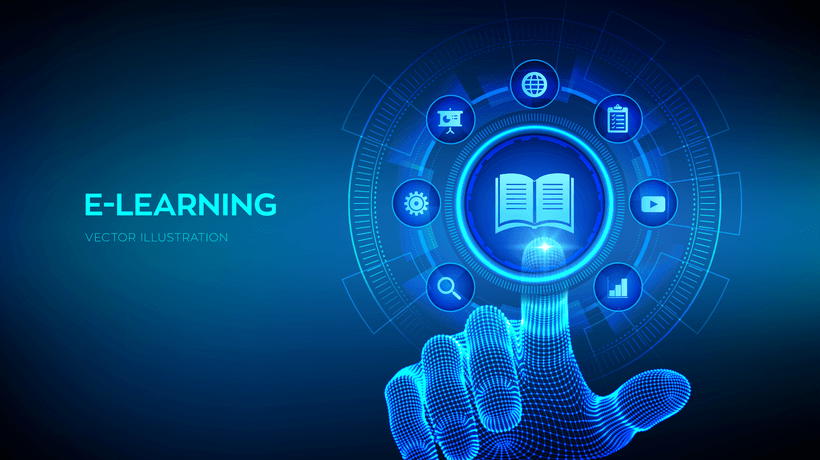E-learning: The Future of Education?
E-learning, or electronic learning, is a term used to describe the use of electronic technologies to deliver educational content. E-learning can take many forms, including online courses, video tutorials, interactive simulations, and mobile apps.
There are many benefits to e-learning. It can be more convenient and flexible than traditional classroom learning, as students can access educational content from anywhere at any time. E-learning can also be more affordable, as students do not have to pay for transportation or living expenses to attend a physical school. Additionally, e-learning can be more personalized, as students can learn at their own pace and focus on the topics that they are most interested in.
As a result of these benefits, e-learning is becoming increasingly popular. In fact, the global e-learning market is expected to reach $325 billion by 2025.
Benefits of E-learning
There are many benefits to e-learning, including:
- Convenience and flexibility: E-learning can be accessed from anywhere with an internet connection, so students can learn on their own time and at their own pace. This is especially beneficial for students who have busy schedules or who live in rural areas.
- Affordability: E-learning can be more affordable than traditional classroom learning, as students do not have to pay for transportation or living expenses to attend a physical school.
- Personalization: E-learning can be more personalized, as students can learn at their own pace and focus on the topics that they are most interested in. This can lead to better learning outcomes.
- Accessibility: E-learning can be accessible to students with disabilities, as it can be delivered in a variety of formats, such as text, audio, and video.
- Self-paced learning: E-learning allows students to learn at their own pace, which can be helpful for students who learn quickly or slowly.
- Revisiting materials: E-learning materials can be easily revisited, which can be helpful for students who need to review information or concepts.
- Collaboration: E-learning platforms often have features that allow students to collaborate with each other, such as discussion forums and chat rooms. This can help students to learn from each other and to build relationships.
Drawbacks of E-learning
While e-learning has many benefits, there are also some drawbacks to consider, such as:
- Lack of social interaction: E-learning can lack the social interaction that is present in traditional classroom learning. This can be a challenge for students who learn best by interacting with others.
- Technical problems: E-learning can be disrupted by technical problems, such as slow internet connections or malfunctioning computers. This can be frustrating for students and can lead to missed learning opportunities.
- Self-motivation: E-learning requires a high level of self-motivation, as students are responsible for managing their own learning. This can be a challenge for some students.
- Cost: The cost of e-learning can vary, but it can be more expensive than traditional classroom learning in some cases.
- Quality: The quality of e-learning can vary depending on the provider. It is important to do your research and choose a provider that offers high-quality content and support.
Conclusion
E-learning is a rapidly growing field with many potential benefits. However, it is important to be aware of the drawbacks of e-learning before making a decision about whether or not it is right for you. If you are considering e-learning, be sure to do your research and choose a provider that offers high-quality content and support.
In conclusion, e-learning is a valuable tool that can be used to improve learning outcomes for students of all ages. However, it is important to choose the right e-learning platform and to be aware of the potential drawbacks of e-learning before making a decision.





